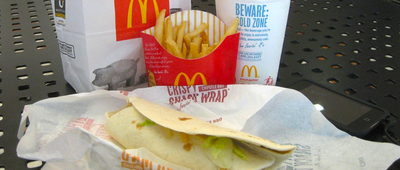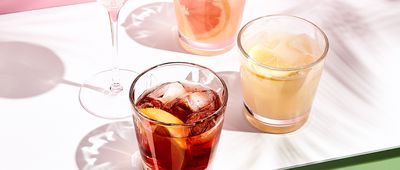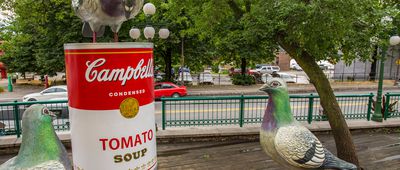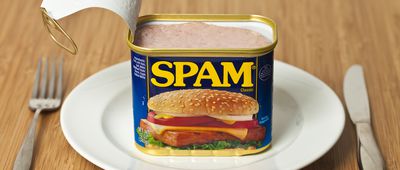Wicked Good Eats
New England is not all clam chowda and lobsta rolls. It’s a lot of that, granted, but not all. The region’s real food identity is built on traditions that rarely leave its borders and often come in cans, paper cups, or stuffed into clam shells.
If you’ve never lived in a zip code that ends in 03-whatever, chances are you’ve never heard of half of these 19 foods.




























